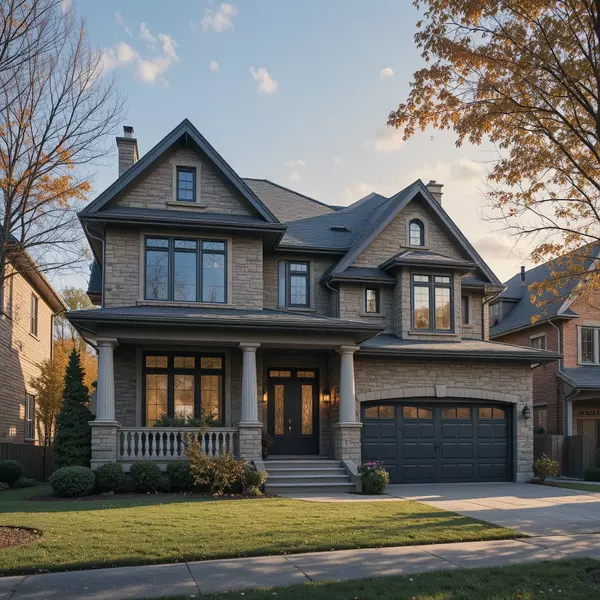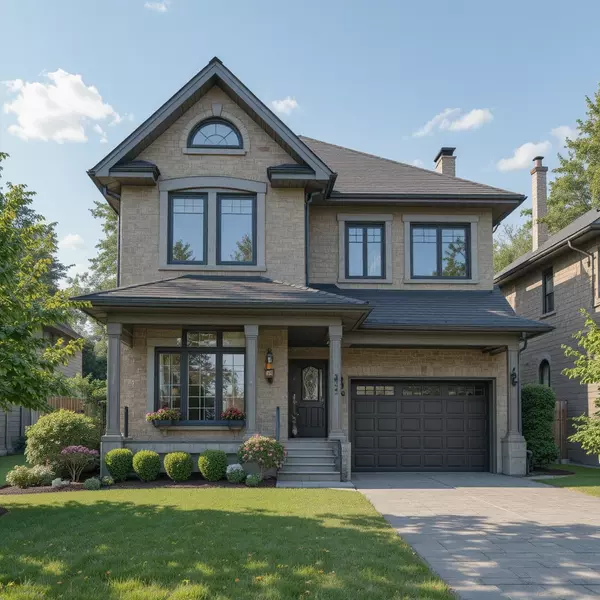How to Handle Lowball Offers with Confidence


Receiving a lowball offer an offer significantly below the list price, often accompanied by unfavourable terms can be deeply frustrating for a home seller. The immediate reaction may be to dismiss it out of hand, seeing it as an insult to the home's value or the seller's hard work. However, a lowball offer is not an endgame; it is merely the opening move in a negotiation. A seller’s ability to respond strategically, confidently, and without emotion is critical to turning an insulting initial bid into a successful, if slightly lower, final transaction.
The first step in handling a lowball offer is to set emotion aside and treat the offer as purely business data. A low offer may simply be a tactic used by the buyer or their agent to test the seller's urgency or desperation. A confident seller, guided by their agent, should evaluate the offer not based on price alone, but on its entire package, including the closing date, conditions (financing, inspection), and the amount of the deposit. A low price coupled with a firm, unconditional offer and a flexible closing might be more attractive than a higher, conditional bid.
The golden rule for every lowball response is never accept the first offer, and never simply reject it. The optimal strategy is always to submit a confident, firm counter-offer. This signals to the buyer that you are serious about selling but that the property has a higher inherent value. The counter-offer should be a significant move back toward your original asking price, often near or slightly below what you genuinely believe the home is worth based on comparable sales (CMA). This move anchors the negotiation closer to your desired final price.
When formulating the counter-offer, the seller’s agent should utilize the principle of justification. If the buyer provided a weak justification for their low price (e.g., outdated bathroom), the counter-offer response should be data-driven. The agent should professionally rebut the low price by citing recent, strong comparable sales, recent upgrades the seller performed, and the high demand signaled by showing activity. This is not about arguing; it's about backing the counter-offer with objective market evidence, demonstrating that the seller's position is reasonable and well-supported.
Another strategic response to a very low offer, especially in a competitive market, is the "take it or leave it" counter. If the buyer's low bid is insulting and lacks justification, the seller may choose to counter with a price very close to the asking price and state that this is the final, non-negotiable price, often giving the buyer a short deadline to accept. This move conveys confidence and shifts the pressure back to the buyer, forcing them to either commit to a fair price or walk away. This tactic is most effective when the market is strong and the seller is confident other interest exists.
In conclusion, a lowball offer is not a sign of failure; it is an opportunity for skilled negotiation. The seller must remain composed, avoid outright rejection, and rely on their agent to execute a strategic counter-offer. By anchoring the negotiation with a firm price, using objective market data to justify their valuation, and confidently conveying their selling criteria, the homeowner maintains control of the process and guides the buyer toward a final price that accurately reflects the home's true worth.
Categories
Recent Posts











